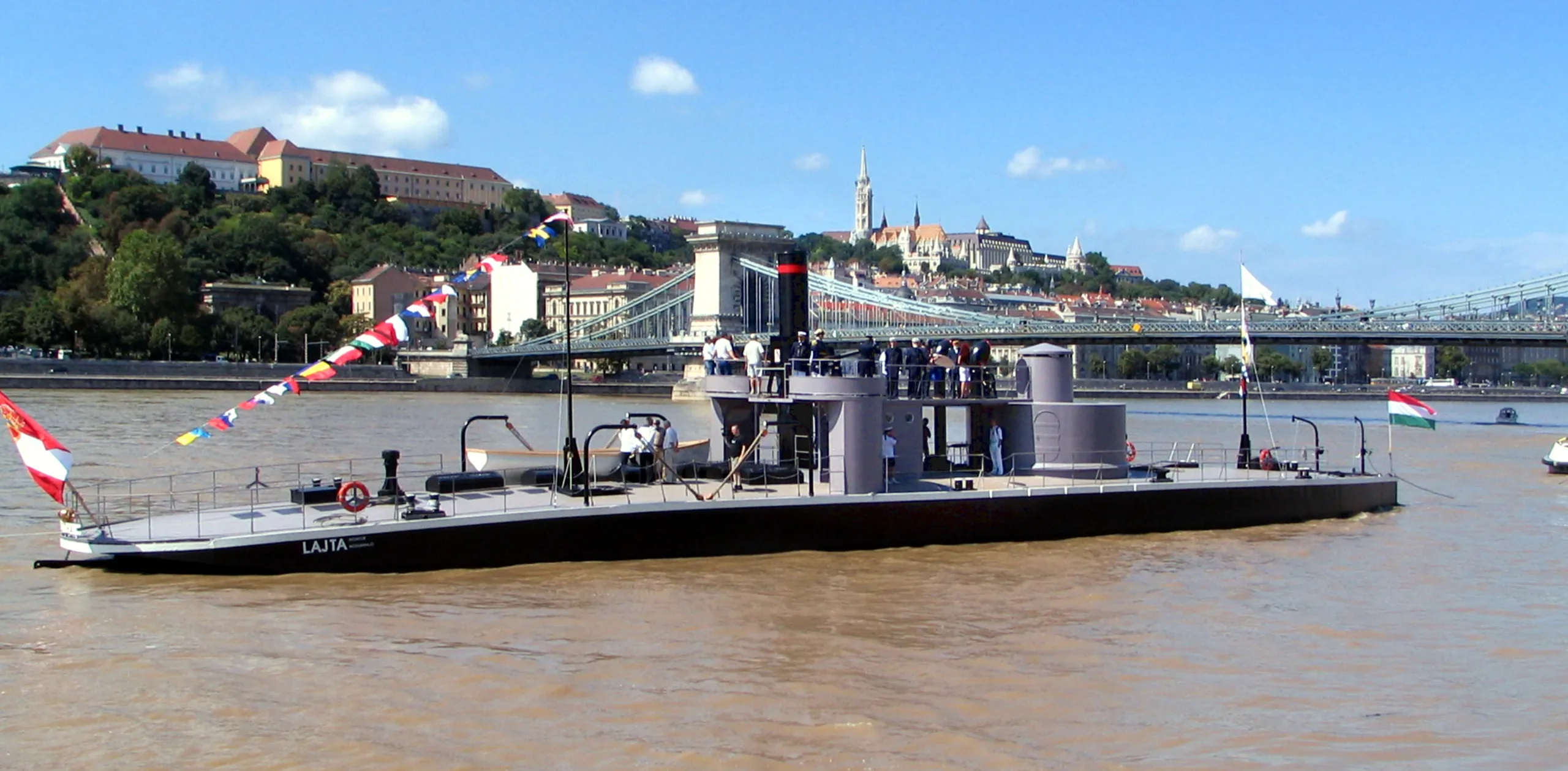Start the Journey!
Austria-Hungary was one of the fastest developing European country in its late flourishing period after the 1867 “Ausgleich” the agreement between the politicians of the two largest nations. The Monarchy could join the mainstream development processes in many areas including technology, science, art and social progress. This can be illustrated by a few facts of the time. Modern opera house was built in Vienna (1869) among the first nations after only Berlin (1849) preceding Paris (1875). Similar building and artistic institution was erected relatively early also in Budapest (1884). The first World Fair, the Great Exhibition was held in London (1851). Less than two decades later Vienna organized the seventh in 1873. Until the 1880s only the most developed countries organized such events (USA, Britain and France). Thus, Austria-Hungary could be placed among these countries in this period. Technological development can be assessed by the design and deployment of the most advanced and expensive weapon systems. One of the benchmark areas is marines. The fleet of the Monarchy went through important development starting in the 1880s and 90s to become the sixth strongest in the world by the outbreak of the First World War. With regard to some systems of the largest battleships Austria-Hungary was even trendsetter. Such a construction was the placement of the main ship artillery in two rotating turrets both on the bow and poop standing behind one another the second firing over the first in the same direction. The design of the American monitor type river boats appeared first in this country in Europe in 1871. Many other examples can be mentioned also from the areas of education, science, art, health care.
Austria-Hungary enjoyed exceptional progress during the decades just before First World War. It was also a popular touristic destination of the time. In the following posts in this category I offer a small tourist guide service based on the Kappenabzeichen. Many of the cap badges were decorated with images of cities, buildings other physical objects. Soldiers surely enjoyed the views of their homeland depicted on the badges, while being in a remote position somewhere on the battlefield. It is interesting to take a look at these small bits and pieces and see what the people of the time thought to be important. Also, I am very much interested in learning the later story of the buildings seen on the badges. The selection is obviously very subjective and reflects the taste and mindset of the designers of the badges. I tried to gather all the Kappenabzeichen in this part of the site that exhibit any view or detail of cities. It is strange to see that no badge was prepared with views of Budapest, meanwhile the relatively less important countryside town Debrecen featured four different pieces. The descriptions include some basic information about the municipalities and relatively more information about the objects, buildings other details depicted on the badges.




